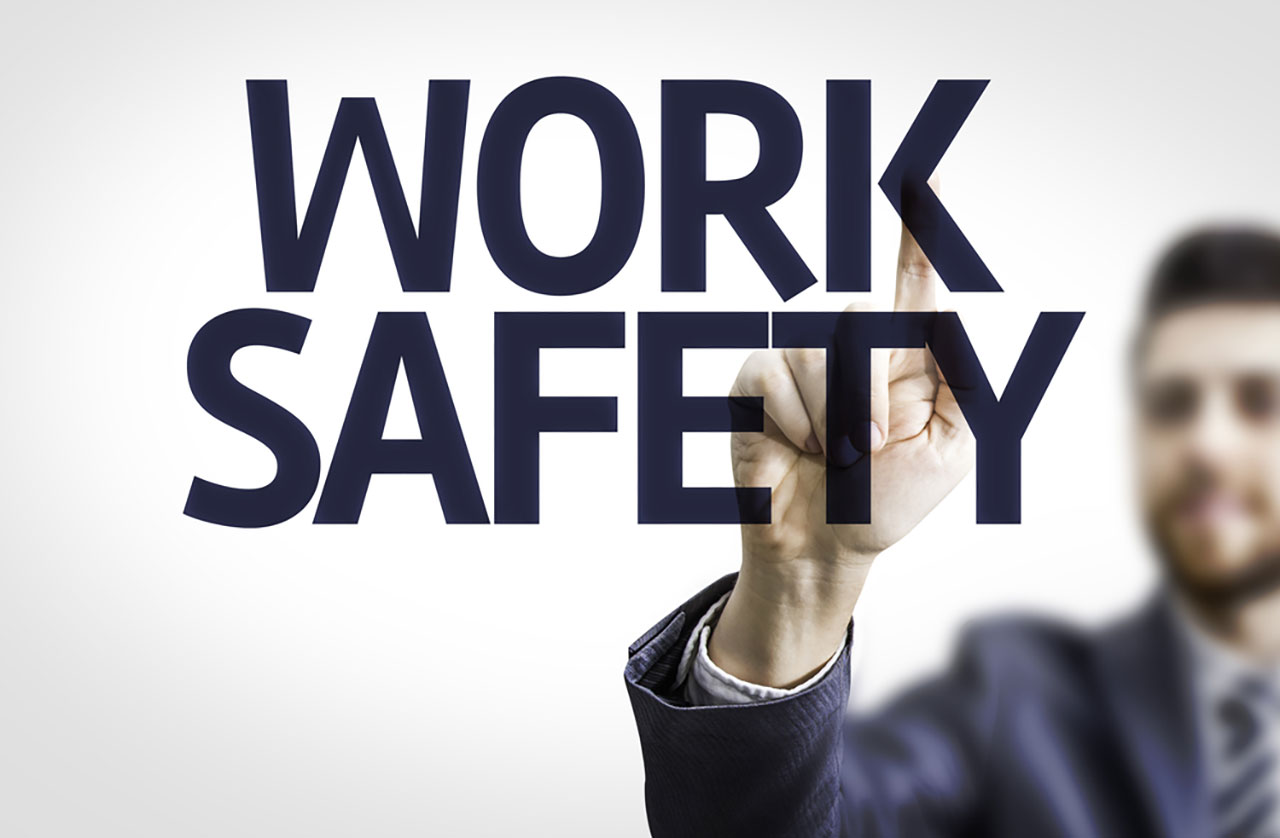

You make a habit of inspecting the job site and looking for uncontrolled hazards. Today, as you do so, think about what injury and death statistics can tell you. Each year, the National Safety Council compiles information to produce a picture of workplace safety and health in the U.S. These are some of the results from 2017.
Consider accidents that result in days away from work. 85% of these accidents fall into only three categories: overexertion, contact with an object, and slips, trips, and falls. Here are the stats:
In 2017, 924 construction workers died from preventable injuries. The top four causes of work-related deaths accounted for more than 86% of all work-related fatalities.
If you can remember these statistics, you can sound smart at a safety meeting or at just the right cocktail party. But there’s more to these statistics than just numbers. Most of the categories mentioned above are low-hanging fruit. You can probably improve your overall safety record by addressing these easily-identified hazards.
When you look around the jobsite, keep your eyes open for work areas and specific tasks that involve the categories above. Then find opportunities on your site to eliminate the hazards and keep your people safer.
Fall-Prevention Accident Health